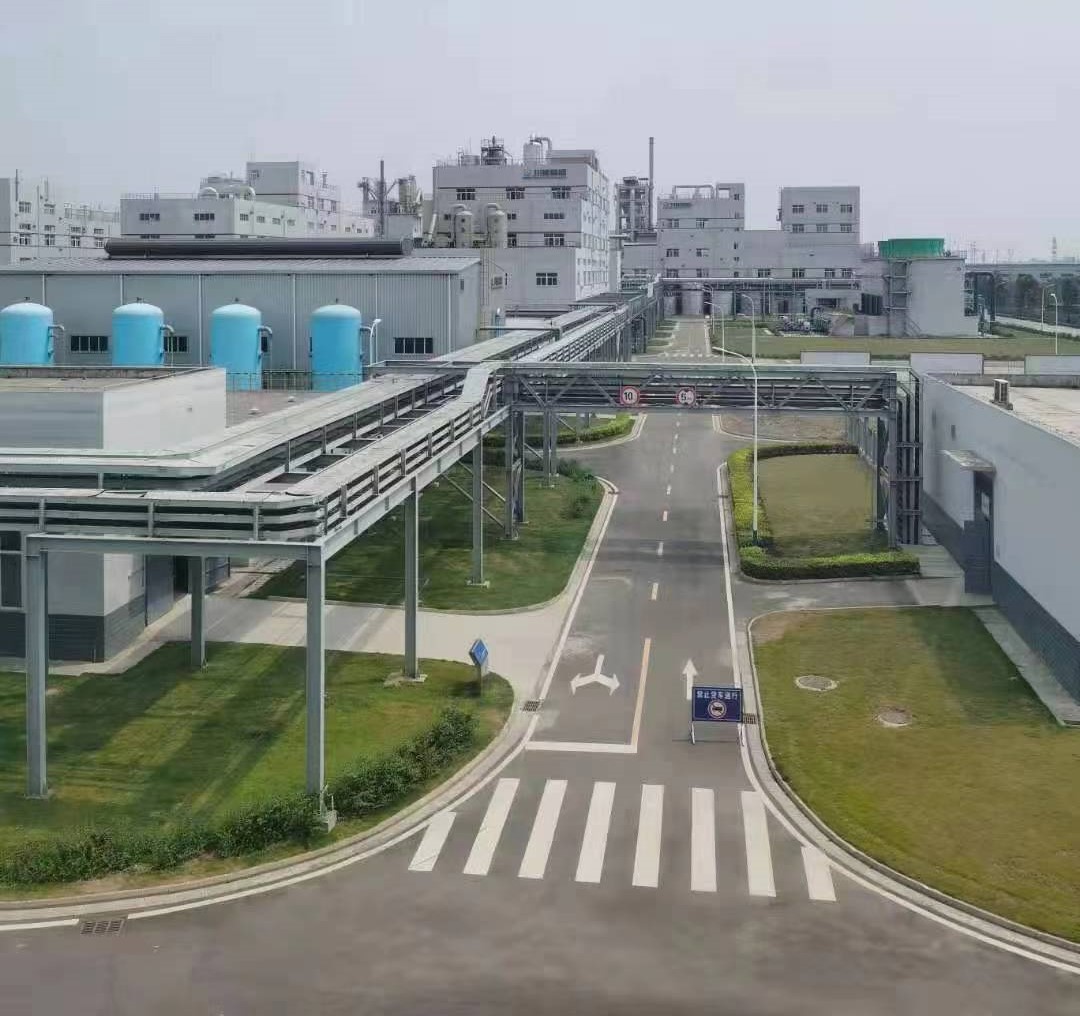Market Update on Nickel Prices in Nov.2025
Oct,29,25
Market Update on Nickel Prices in Nov.2025 The disturbance in the nickel ore sector persists, and while the downward trend in nickel prices is limited, a rebound may be on the horizon. Since October, macroeconomic factors have caused significant fluctuations. On one hand, changes in trade dynamics have heightened risk aversion; on the other, expectations of Federal Reserve interest rate cuts continue to support non-ferrous metals. Economic fundamentals and data still exhibit resilience, and forthcoming plans are anticipated to provide clearer guidance for economic investment, which will benefit the overall volatility of non-ferrous metals. From a nickel fundamentals perspective, the bearish trend in supply and demand remains, with ongoing uncertainty in the nickel mining sector. It is expected that the nickel mining sector will maintain a strong trajectory, while refined nickel supply will continue to fluctuate and grow, leading to inventory accumulation. On the demand side, stainless steel inventories are gradually decreasing, and the supply-demand balance during the traditional peak season remains acceptable. Additionally, the demand for raw materials in the new energy battery sector is bolstering nickel sulfate prices. Currently, macro expectations are slightly optimistic, and with marginal improvements in supply and demand, nickel prices are likely to continue their stagnant decline, potentially gaining some recovery space through macroeconomic improvements. However, high inventory pressure is expected to limit recovery potential. Expectations regarding macroeconomic conditions and changes in funding continue to fuel anticipation of Federal Reserve interest rate cuts. Chairman Powell acknowledged the robust GDP and spending data released after the September interest rate meeting but did not place significant emphasis on it. Instead, he highlighted the downside risks in the labor market, suggesting that a further decline in job vacancies could elevate the unemployment rate. Presently, market expectations for a 25 basis point interest rate cut in October and December are strong and have been priced in accordingly. The current U.S. government shutdown has resulted in missing data, necessitating close attention to fluctuations in employment data and inflation changes as they relate to interest rate cuts. Additionally, credit issues among American banks have altered risk appetite. On October 16, 2025, two regional banks in the U.S. faced severe impacts from loan fraud incidents, raising market concerns about a potential credit crisis. This incident has exposed the credit vulnerabilities of regional banks in a high-interest-rate environment, which may exacerbate market volatility in the short term. Trade negotiations and developments among major economies continue to induce fluctuations in risk aversion and appetite. Overall, macroeconomic uncertainty has heightened volatility in the non-ferrous metal market, and risk appetite may continue to shift. |






